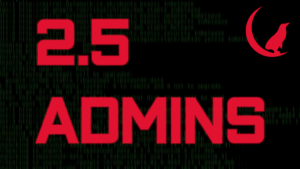
 2.5 Admins
2.5 Admins 2.5 Admins 215: Still no VLANs
Oct 3, 2024
The discussion kicks off with the challenges of data storage in the music industry, highlighting the risks of aging hard drives. Next, the podcast dives into the aging FAA air traffic control system and its urgent need for modernization. Listeners also learn about innovative solutions for isolating devices from disruptive roommates. The conversation touches on the complexities of data preservation and the vital role of checksums, stressing the importance of proactive management in tech upgrades and network security.
Chapters
Transcript
Episode notes

